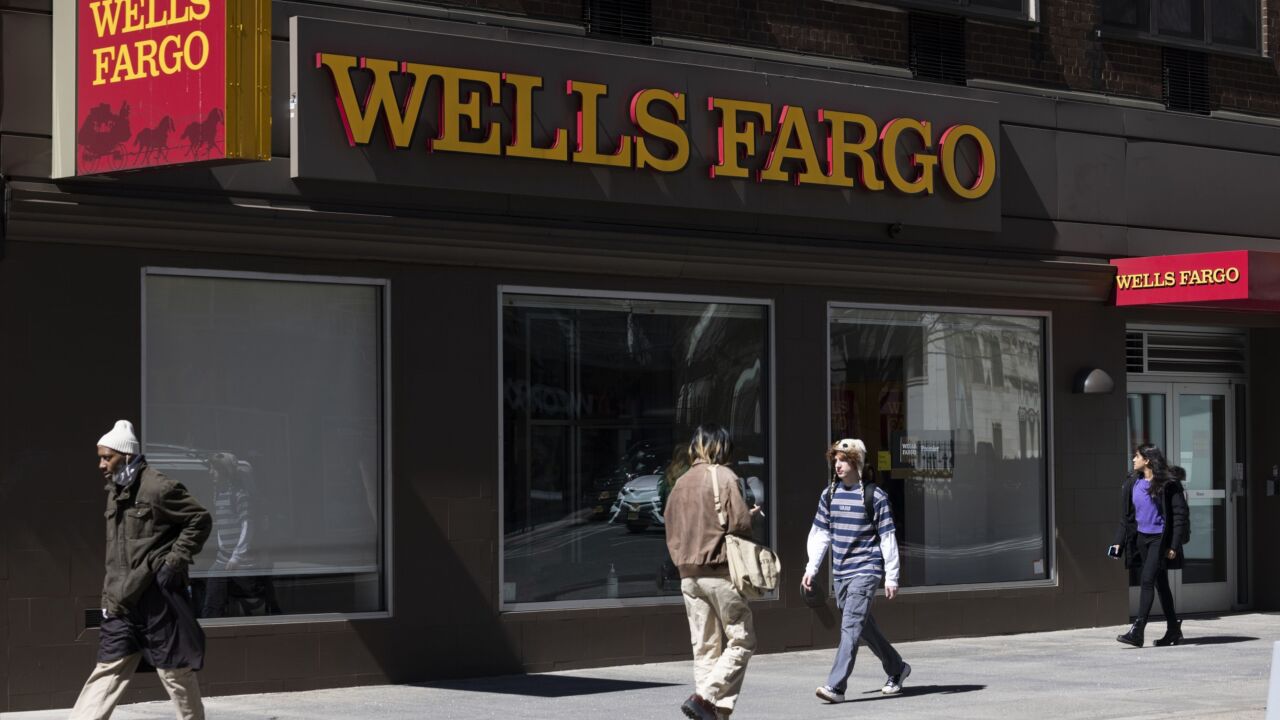-
Several Puerto Rican banks are dealing with a sour participation to a major utility on the island. The creditor like the Puerto Rican government is barred from filing for bankruptcy, complicating matters for its lenders.
May 21 -
Banco Popular got the most press for agreeing to buy the failed Doral Bank. But the deal also revealed one surprise winner, First BanCorp, while another institution, OFG Bancorp, was shut out of the process.
March 5 -
Popular and FirstBank gained critical branches and deposits in a region where growth is hard to come by. Some observers said it could also benefit the island to have one less competitor.
February 27
After a year of cutting back in the United States, executives at Popular Inc. think they have a found a corner where the company can flourish.
The $35 billion-asset Popular is focusing on New York's fast-growing market for senior care and Medicaid services, executives said in a roundtable discussion this week. The move follows a large-scale reduction in the company's retail branch network on the mainland United States to a couple of East Coast cities. And it illustrates how Popular Puerto Rico's largest bank is taking a laserlike approach as its revamps its strategy in the U.S.
"We're a small player in the most competitive financial market in the world, so [in New York], we have to be targeted," said Manuel Chinea, chief operating officer at the company's Popular Community Bank unit. "In Puerto Rico, we can be everything to everyone."
In the past eight months, Popular's health care portfolio grew 12%, to $109 million, executives said. The portfolio is expected to top $200 million by the end of the year.
It's a small piece of the bank's $4.4 billion loans in the U.S. But it's one that executives are targeting it for rapid growth.
Popular moved its health care lending operations from Chicago to New York last fall. It also recently recruited a lending team from the $98 billion-asset M&T Bancorp a much larger competitor in the health care market.
The company has set its sights on the growing market for Medicaid services in New York. The state spends approximately $57 billion per year or about 40% of its budget on Medicaid financing, said Ignacio Alvarez, Popular's president and chief operating officer.
"One of the reasons New York has more facilities is New York is a liberal state, which spends more on social spending than many states," Alvarez said.
Popular's New York-based team focuses on a small sliver of the industry, providing loans for skilled nursing, adult day care and assisted living facilities. It's a segment that's poised for future expansion, executives said. Baby boomers are getting older. And, in an effort to curb health care costs, policymakers are encouraging older patients to receive treatment at cheaper, long-term care facilities.
"Taking care of someone in one of those facilities costs a small fraction of what it costs to take care of someone in a hospital," Chinea said.
By avoiding crowded lending markets, such as multifamily lending, Popular has managed to find a way to stay profitable despite its smaller footprint, according Alexander Twerdahl, an analyst at Sandler O'Neill.
"Some of the en vogue products are very competitive," Twerdahl said. "Branching out a little bit has been a successful strategy for Popular."
In refining its U.S. business model, Popular is turning yet another page on its financial crisis-era troubles.
The
The branch sales coincided with the bank's repayment of
"It's been a ride, bumpy at times," said Richard Carrion, the bank's chief executive.
Popular purchased the majority of the operations of
While the company is looking to get an edge in health care financing, it isn't totally shying away from traditional commercial lending.
It wants to take advantage of the booming real estate market to build up its New York-based construction portfolio. The company reported $592 million in construction loans in the U.S. at the end of the first quarter, up from just $92 million at the end of 2014. The growth was attributed to both lending and the Doral transaction.
"In New York, since real estate is so expensive, you're seeing a lot more projects of renovation and the beauty of that is that there's a lot less risk," Alvarez said.
Still, the bank faces a number of headwinds in the coming year on its home turf. The Puerto Rican economy faces high levels of unemployment and a looming government debt crisis.
Popular also participated in a
Those issues will likely have a minimal impact on the company, as it has enough capital to absorb losses, "even in a very draconian scenario," Twerdahl said, pointing to the company's most recent stress test results.
"Believe it or not, the company has never lost money in Puerto Rico on an annual basis, and we don't expect that to change," Twerdahl said.
Popular executives were also optimistic about the company's ability to weather macroeconomic challenges.
"I think Puerto Rico is going through a difficult moment," Alvarez said. "It's like in many people's lives sometimes you have to go through a very difficult moment in your life to be the person you are."





